Bus fuel from trash: Hera's pilot project with "START"
Focus
Focus
Category Facet
Custom Facet
Search Results
-
Web Content Article · written-by Mario Egidio on-date May 26, 2024 12:29 PM
Categoria Progetto: Energy Efficiency Innovation Heratech Project Circular Economy Water Project -
Web Content Article on-date Aug 4, 2020 5:20 PM
District heating is already in itself a "sustainable" and environment-friendly solution, because it can guarantee better performance than traditional domestic boilers. In addition, the plant...
Categoria Progetto: Heratech Project Energy Efficiency -
Web Content Article on-date Aug 4, 2020 5:12 PM
Since 2017, we have been developing a measuring system, conceived by Hera Luce, which analyses the materials used in public lighting. What's the target? Making their life cycle circular, as well.
Categoria Progetto: Energy Efficiency Circular Economy -
Web Content Article on-date Aug 4, 2020 5:08 PM
Producing electricity and heat from non-reusable waste. How? In a waste-to-energy plant: it's a safe and legally compliant plant and an energy resource for the local area.
Categoria Progetto: Energy Efficiency Circular Economy -
Web Content Article on-date Aug 4, 2020 5:04 PM
Waste can become sofas, lamps, games, and musical instruments. But even stage sets, art objects and installations. How? We'll tell you about it in this project.
Categoria Progetto: Circular Economy -
Web Content Article · written-by LUCIA ALGISI on-date Aug 4, 2020 4:49 PM
By 2024, Rimini's beaches will be 100% fit for swimming thanks to the Rimini Optimised Seawater Protection Plan (Piano di Salvaguardia della Balneazione Ottimizzato - PSBO). Discover the most...
psbo Categoria Progetto: Heratech Project Circular Economy Water Project -
Web Content Article on-date Aug 4, 2020 4:32 PM
Fuel may also be extracted from vegetable oils. Used domestic vegetable oil (such as frying oil) which is recovered by multiutility services via roadside containers and drop-off points, is...
Categoria Progetto: Circular Economy -
Web Content Article on-date Aug 4, 2020 4:21 PM
What's Ferrara's green secret? It's underground, where a geothermal basin feeds its district heating system. The result? 87% of the thermal energy distributed in the city is "clean" and we avoid...
Categoria Progetto: Innovation Energy Efficiency Circular Economy -
Web Content Article on-date Aug 4, 2020 4:19 PM
The ultrasound hydrolysis system, installed in the Forlì treatment plant, makes the life cycle of wastewater sludge circular. The result: less sludge to dispose of, and more biogas produced.
circulareconomy Categoria Progetto: Circular Economy Water Project Innovation -
Web Content Article on-date Aug 4, 2020 4:07 PM
We have installed a turbo expander at the R&M stations of Ducati's factory in Bologna. The goal is to recover electricity from the decompression process of methane gas.
circulareconomy Categoria Progetto: Innovation Energy Efficiency -
Web Content Article on-date Aug 4, 2020 3:28 PM
To obtain clean energy to power Ravenna's buses by decomposing waste in landfills.
circulareconomy Categoria Progetto: Innovation Circular Economy
Asset Publisher
To obtain clean energy to power Ravenna's buses by decomposing waste in landfills.
To obtain clean energy to power Ravenna's buses by decomposing waste in landfills. We are not talking about the future, but about what has already come true, thanks to an innovative waste treatment plant in Ravenna. It adds another important element in the effort to reduce environmental impact and optimise waste management.
The project is funded by the Emilia-Romagna Regional Administration and the European Commission, and is designed to highlight the advantages of using green natural gas. Which ones? It can contribute to replacing fossil energy sources with renewable energy sources; it can be used in the transport sector by contributing to achieving the 10% share of biofuels; it can provide logistics savings thanks to the extensive Italian natural gas network; and can be integrated with other renewable energy sources.
The biomethane is collected from networks inside the landfill, and from there it is channelled into a container where it is "purified" by removing the carbon dioxide and other gases in it. From there, it reaches a tank and is used for refuelling.
For now, the biomethane produced by the plant will power the buses of "Start Romagna" (Romagna's public transport company), and the pilot project will last about two years. But this is just the beginning.
For the Hera Group, this is the second biomethane production facility, after the one in Sant'Agata Bolognese, which produces green energy by treating mowing, pruning and organic waste from separate waste collection.
Search Bar
Tag Facet
Search Results
Asset Publisher




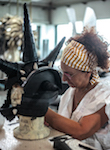
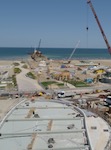
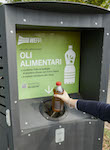


.jpg/468d051b-ba80-83a6-359d-7ef55eefd940)
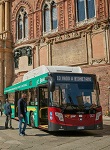
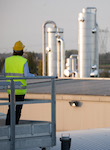
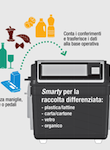
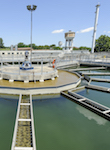
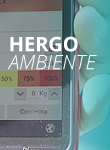
.jpeg/1d0e0770-1094-b22b-fce4-099f27c72978)